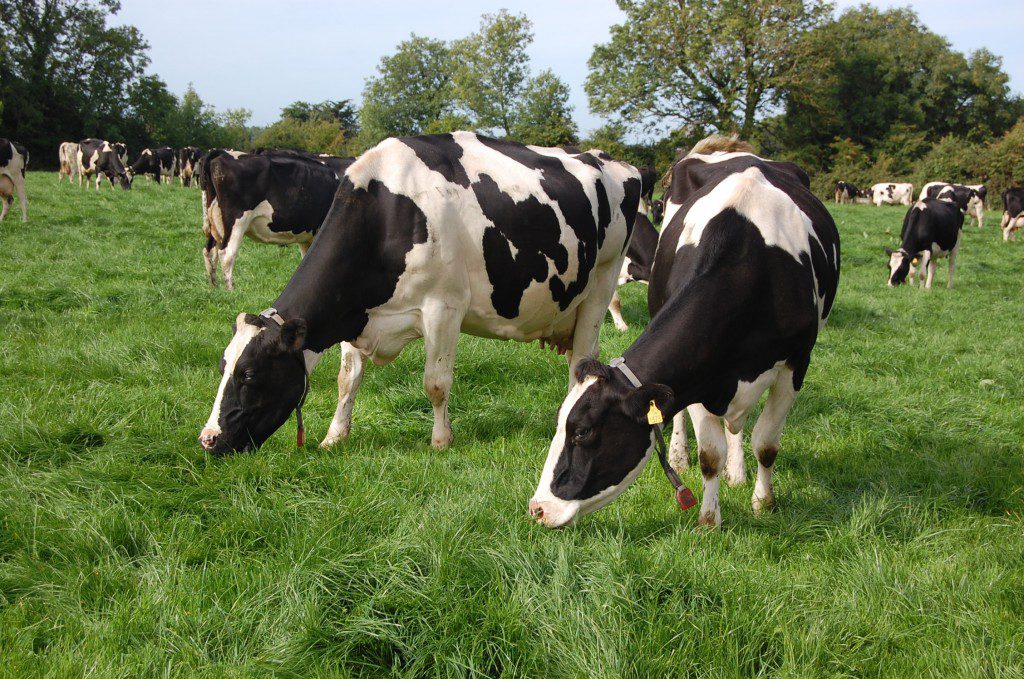Dairy farmers should consider milking on their cows and delaying drying off this autumn as it may be financially beneficial to do so, according to Michael Brady of the Brady Group.
According to the Cork-based advisor, this is the first drying off period when dairy production is not limited by a quota environment.
Previous production restrictions often forced dairy farmers to dry off cows early to meet pre-set production requirements, he said.
Brady told Agriland that dairy cows around the country are generally in good condition following a good year of grass growth.
The Cork-based advisor added, that a lot of his clients are even discussing implementing a five-week dry period this year, but he said that consideration should be given to the cows BCS (Body Condition Score).
“A lot of my clients are thinking of a five-week dry period instead of a six-week period, but consideration should be given to body condition score.
“There is nothing worse then milking a cow too long as you will end up robbing Peter to pay Paul, but if the cows are in good condition farmers will not lose money if they milk their cows on.”
Supplementation with concentrates
Brady highlighted research from Moorepark which illustrated the impact supplementation would have on the milk production of cows in late lactation.
“Research from Moorepark shows the response to concentrates in late lactation is good, but it depends on the genetics of the herd.”
There were three types of dairy cows involved in this research, he said, which were high yielding Holsteins, high durability Holsteins and New Zealand Friesians.
The high yielding Holstein cows had the highest response from the addition of 1kg of concentrates and they produced an additional 1.26kg of milk, said Brady.
The high durability Holstein cows had a response of 0.86kg of milk with the introduction of concentrates while the New Zealand types produced 0.34kg of milk.
- High yielding Holsteins – 1.26kg of milk
- High durability Holsteins – 0.86kg of milk
- New Zealand Friesian – 0.34kg of milk
Brady added, that the substitution effect (reduction in grass intake from the introduction of meals) should also be considered.
According to Brady, when this information is examined the high yielding Holstein cows can be milked on, but are unlikely to gain any body reserves as they will simply turn the additional energy into milk.
However, given the fact that the New Zealand type cow, which is similar to a lot of the crossbred cows in Ireland will only produce an additional 0.34kg of milk from meal supplementation, these animals will not give a milk production return.
But, will instead put on body condition which is beneficial in the production of milk solids.

